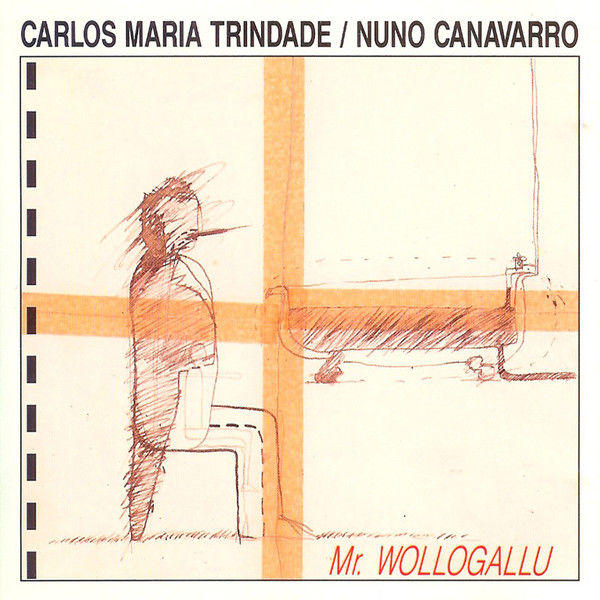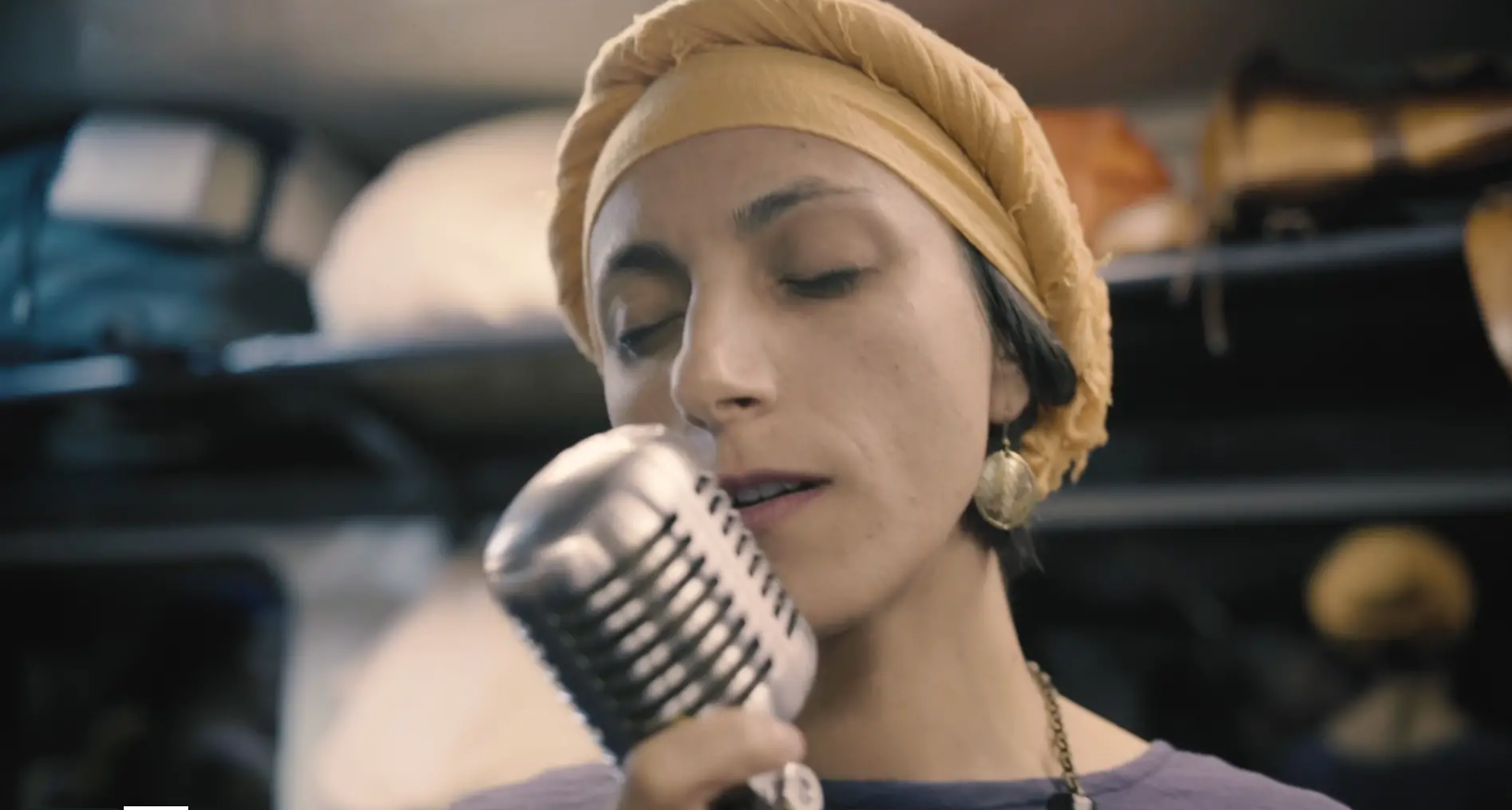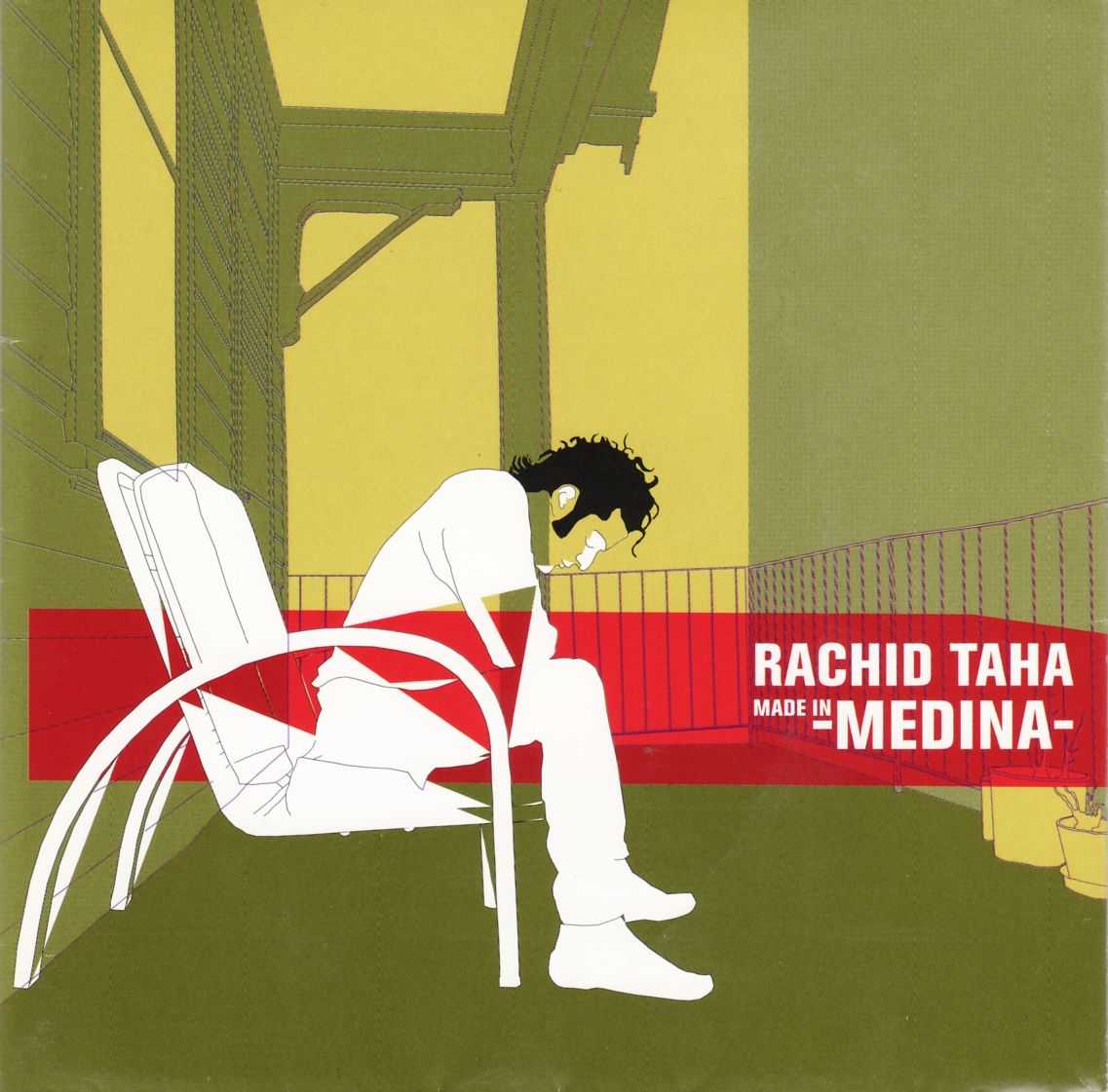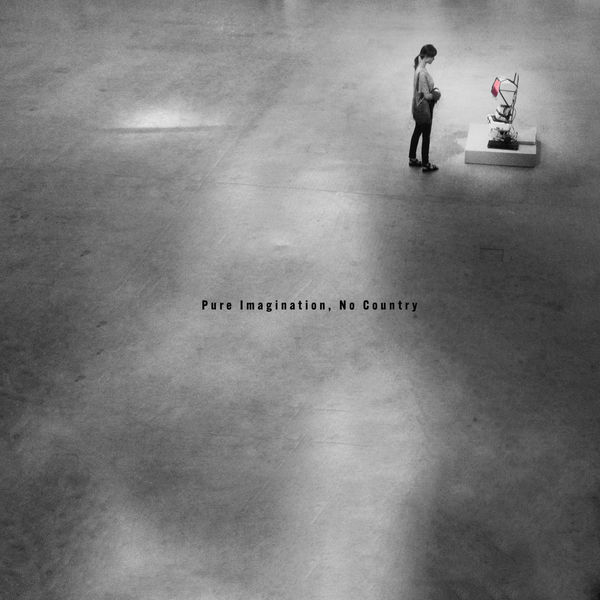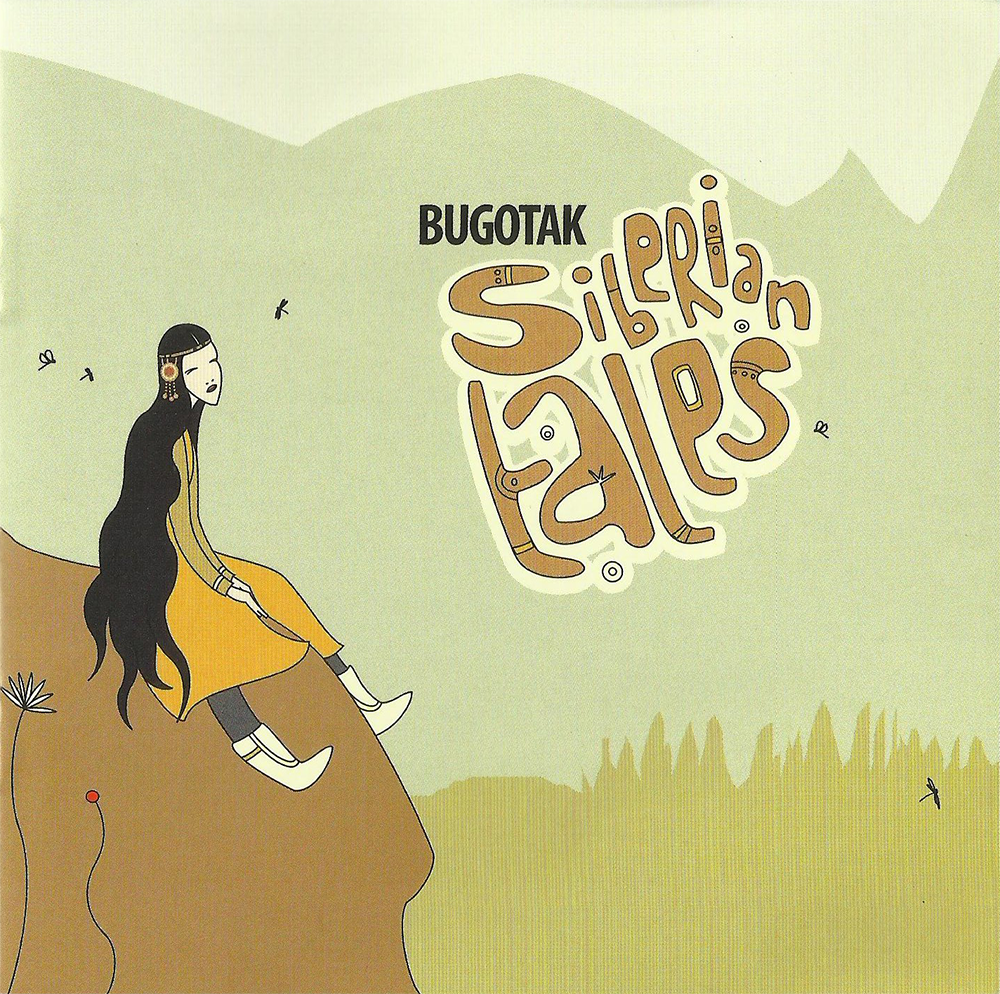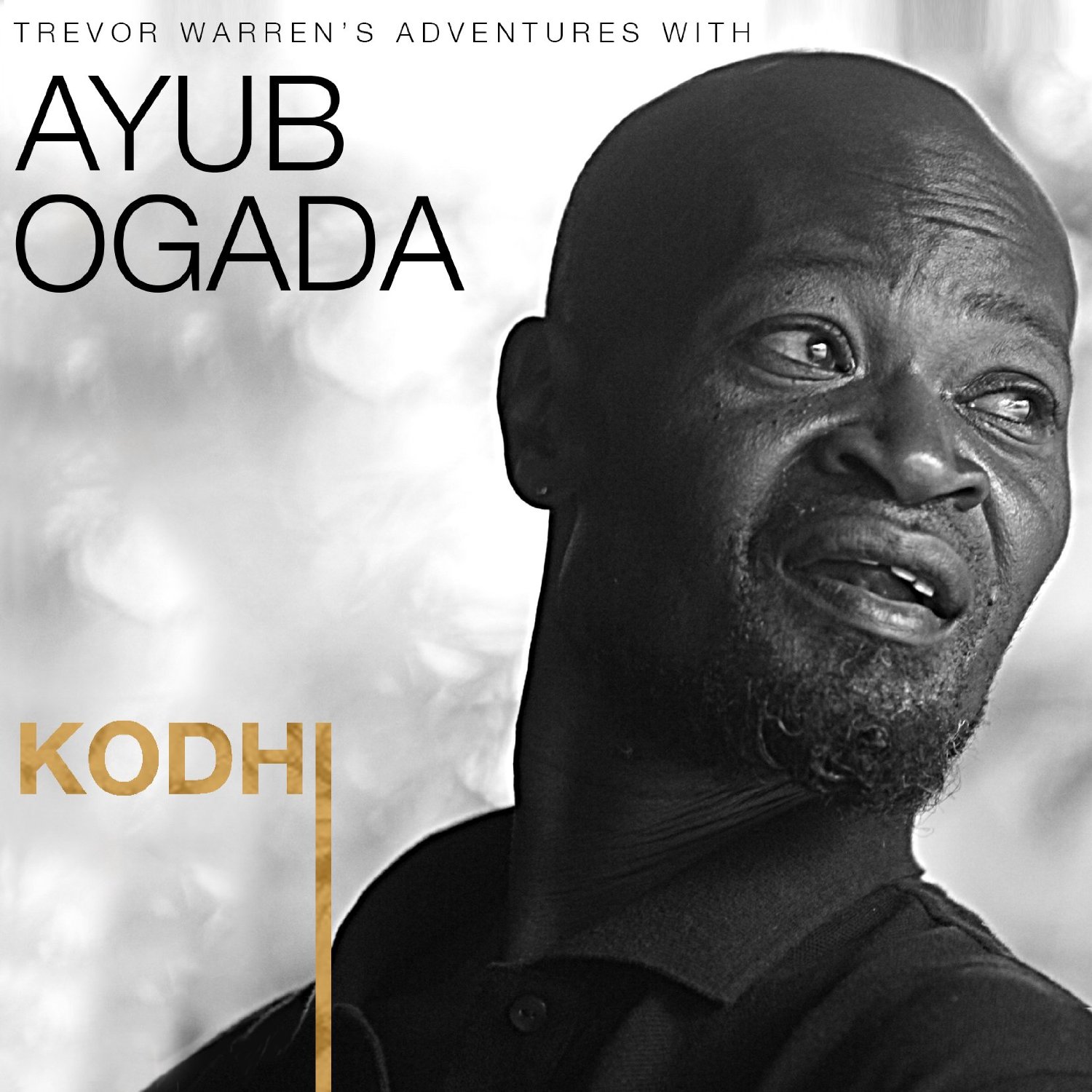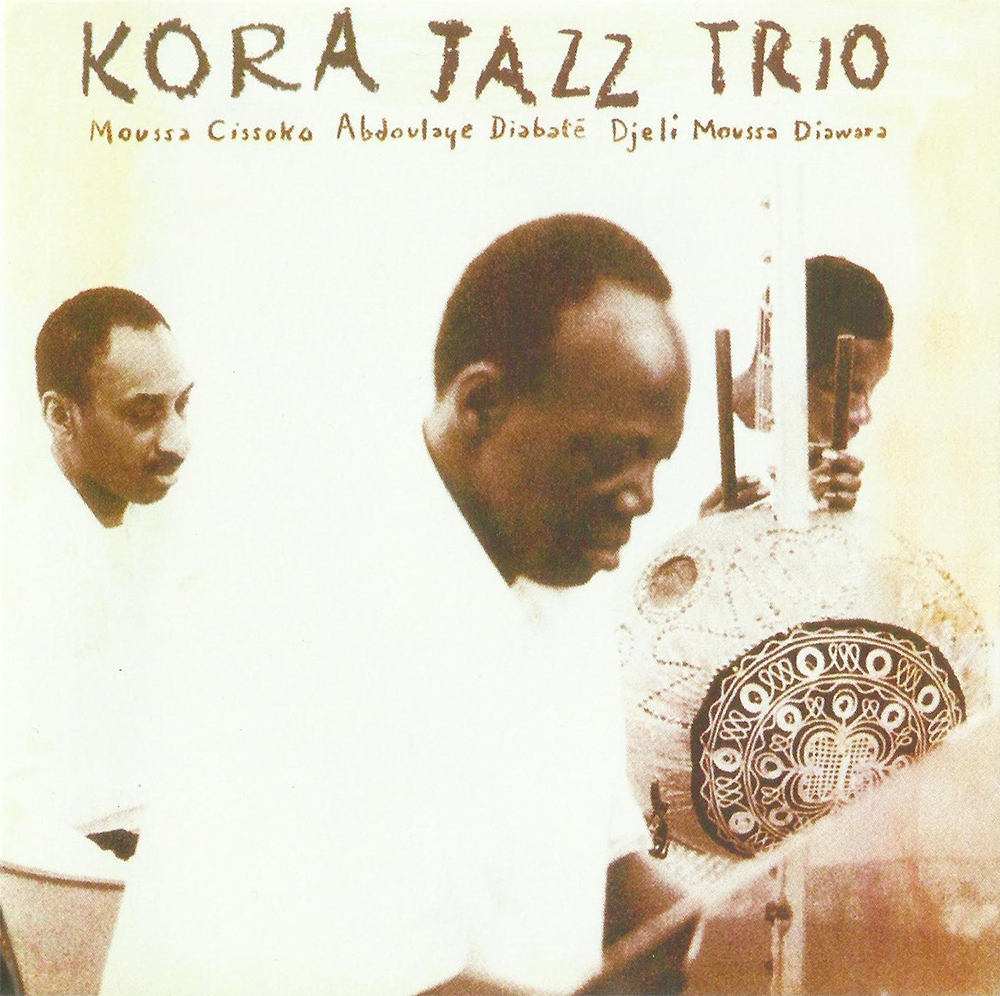Episode 38
Episode 38 was originally released on February 25, 2019.
Tracklisting:
01) “Extreme” by Ayub Ogada.
From the 2015 album “Kodhi.”
Mombasa, Kenya.
The official website says:
“Ayub Ogada is a musician who draws inspiration from his life experiences and from the nature that surrounds him in his home in Kisumu, Kenya. He plays the traditional nyatiti, an eight-stringed lyre favoured by the Luo people of Western Kenya.”
02) “NC Ven 5” by Carlos Maria Trindade / Nuno Canavarro.
From the 1991 album “Mr. Wollogallu.”
Portugal.
Pitchfork says: “A cult-favorite Portuguese electronic album from the early ’90s with a pleasantly disorienting blend of instruments and textures.”
a
03) “Până Când Nu Te Iubeam” by Balkan Taksim.
From the 2018 live “Vagabond Session.”
Bucharest, Romania.
The group’s facebook page says: “Balkan psych meets bass, breaks and synth electronica with a touch of groove.”
04) “N'Dyaba” by Kora Jazz Trio.
From the 2003 live “Kora Jazz Trio”
Senegal, Guinea.
Wikipedia says: “Kora Jazz Trio was a three piece African musical group, founded in 2002 by Djeli Moussa Diawara, Guinean Korafola, with Abdoulaye Diabate and Moussa Sissokho, best known for producing a music that is a mix of American jazz with traditional African music".”
05) “Barra Barra” by Rachid Taha.
From the 2000 album“Made in Medina.”
Sig, Algeria.
Wikipedia says that Rachid Taha: “was an Algerian singer and activist based in France described as "sonically adventurous". His music was influenced by many different styles including rock, electronic, punk and raï.”
06) “Slides Redux” by Dave Harrington Group.
From the 2019 album“Pure Imagination, No Country.”
New York, USA.
Pitchfork says: “With a group behind him that recalls the electronic jazz splatter of ’90s New York, Dave Harrington’s guitar work becomes a psychedelic, soft-hued quest for transcendence.”
07) “Krom Phleng Pinpeat” by Phleng Khmer & Pinpeat Ensembles.
From the 1978 album“Cambodia, Traditional Music Volume 1.”
Cambodia.
According to Wikipedia: “The pinpeat (Khmer: ពិណពាទ្យ) orchestra or musical ensemble performs the ceremonial music of the royal courts and temples of Cambodia. The orchestra consists of approximately nine or ten instruments, mainly wind and percussion (including several varieties of xylophone and drums). It accompanies court dances, masked plays, shadow plays, and religious ceremonies. The pinpeat is analogous to the piphat ensemble of Thailand.”
08) “Gongoini” by Bugotak.
From the 2005 album“Siberian Tales.”
Khakassia, Russia.
“Bugotak (Cyrillic: Буготак) is an ethnic project found in 2004 in Novosibirsk, Russia, by Sayan Andriyanov, a multi-instrument player and throat singing performer.
Bugotak plays Siberian music in a traditional folk basis, but their musical references are too diverse to be classified by genre (let's call it Siberian Contemporary music). They even dare to perform covers of rock classics, in their traditional Siberian instruments. The main idea of Bugotak’s art is that it is only traditions that develop with time stay alive; static traditions quickly lose their interest and relevance. Therefore, the group play in many styles and genres, thereby keeping native Siberian spirit alive, relevant and thriving.”
As always, we invite you to browse the interactive map to see where each artists is from. google Maps only lets us display 10 episodes at a time so to see all of the other episodes, click here. This week’s artists are represented by dark grey map-points.



